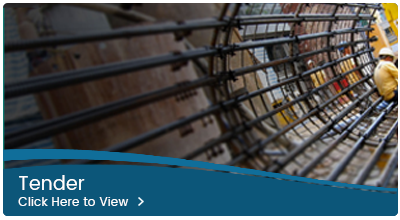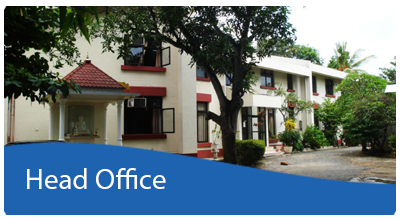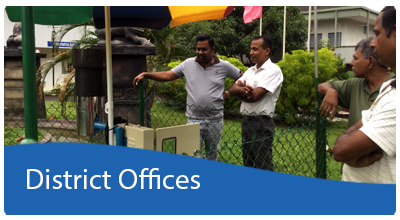Field Survey for Slope Stability Assessment of Meethotamulla Waste fill
Upon the request of Director General of NBRO from the Japanese government, a team of experts on solid waste management from Japan was sent to Sri Lanka through JICA during 12th – 18th August. The expert team along with a team of scientists from NBRO carried out a series of joint field surveys at the Meethotamulla waste fill with the aim of assessing long-term stability of the waste fill.
Following the disastrous failure at Meethotamulla waste fill in April 2017, National Building Research Organisation has been involved in understanding its failure dynamics as well as the possibility of future vulnerabilities. Identifying vulnerable regions and designing long-term countermeasures for stabilizing them require accurate geotechnical assessments of the stability of the waste fill. In order to achieve a realistic and optimized outcome, it is crucial to identify mechanical properties of waste materials, a point duly raised by the report submitted by the Japanese expert team to the Sri Lankan Government in April 2017.
Accordingly, Meethotamulla waste fill was visited by the JICA expert team and NBRO scientists to conduct tests to determine the properties of waste fill using equipment specially designed for the purpose.
Today (18th), at the successful completion of the visit, the geotechnical parameters derived from their studies were presented at the NBRO Auditorium. Being very much similar to that used for the analyses carried out by NBRO who had to resort for literature and empirically derived values at the time of the analysis due to the unavailability of the technical know-how, the results are undeniably promising. The NBRO team has acquired hands on training on the subject through the interactions with the JICA experts opening up many new avenues in developing the technique in Sri Lanka having Meethotamulla as the very first pilot site.
While the results of this study and geotechnical parameters identified are expected to be helpful in assessing the long-term stability of the Meethotamulla waste fill as well as optimizing the proposed long-term mitigation measures, they may well serve as a solid reference for future studies and research related to stability of waste fills in the country.
 |
 |
 |
 |
























